Here is our rundown of top ten Camp films you should check out…
American Vogue’s Met Gala has put the word camp back onto everyone’s radar. And everywhere I go, someone has an opinion on what exactly Camp is…they all offer up drastically different versions and definitions. So what exactly is Camp? And why is it important? Further, how do I get to know Camp?
First off you are never going to get an exact definition of Camp. Now, while the origins of camp can be traced back to the reign of the French King Louis XIV, many turn to the essay “Notes on ‘Camp’” by the American critic Susan Sontag. Simply put, Camp, as Susan Sontag noted, is an aesthetic sensibility. It is the “love of the unnatural: of artifice and exaggeration.” Camp is all about the love of the aesthetic for the sake of aesthetic and nothing else. It revels in artifice, stylization, theatricalization, irony, playfulness, and exaggeration rather than content.It is all about performance and performativity. True camp is playful and affectionate in its parody, and it loves itself even as it parodies itself.
Sontag doesn’t note that Camp is inherent part of queer culture, in fact she believed anyone could have invented camp if the LGBTQ community had not…WRONG! Camp is very much queer – it is a queer code, a queer language, and a queer strategy. She also states that is devoid of all politic – that it is apolitical. This too would be proven wrong by many (other than me) – it is inherently political and subversive. True camp is playful and affectionate in its parody, and it loves itself even as it parodies itself. But it does so in a subversive fashion. Camp is definitely queer and political.
Still unsure what is camp? One of the best ways to understand camp is through the ultimate artifice of aesthetics – film. Here is our rundown of top ten Camp films you should check out.
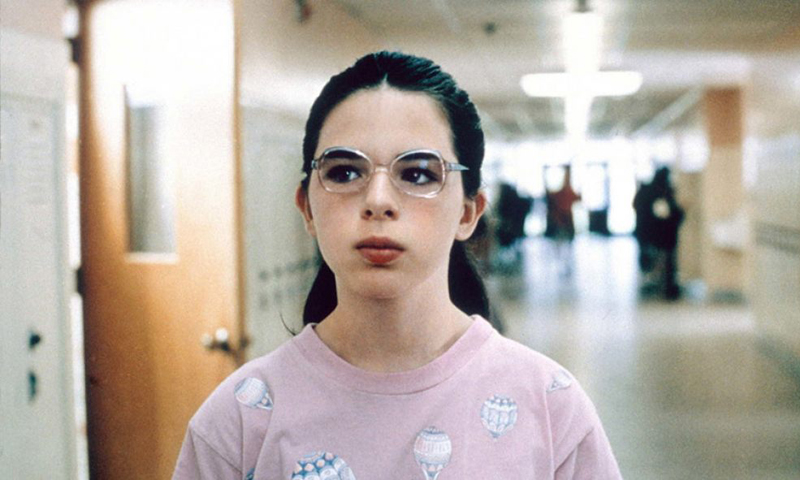
Welcome to the Dollhouse
(Dir. Todd Solondz, 1995)
Dawn Wiener (Heather Matarazzo) is the victim of a series of vicious lesbian rumors at her middle school, and is the victim of every joke in her own household. This is a coming of age story about the struggles of her budding sexuality.
Solondz’s film is a campy examination at the life of the middle child. The film is peppered with awkward daydreams and even more awkward dance moves. Dawn’s final dream sequence sees her rescuing her sister and becoming the town hero, only to be crushed by the reality of Dawn’s inferiority complex. It is a film whose central character is the victim of many quotable lines (which are too vulgar to bear repeating but are great to keep in your lexicon to pull out in certain situations).
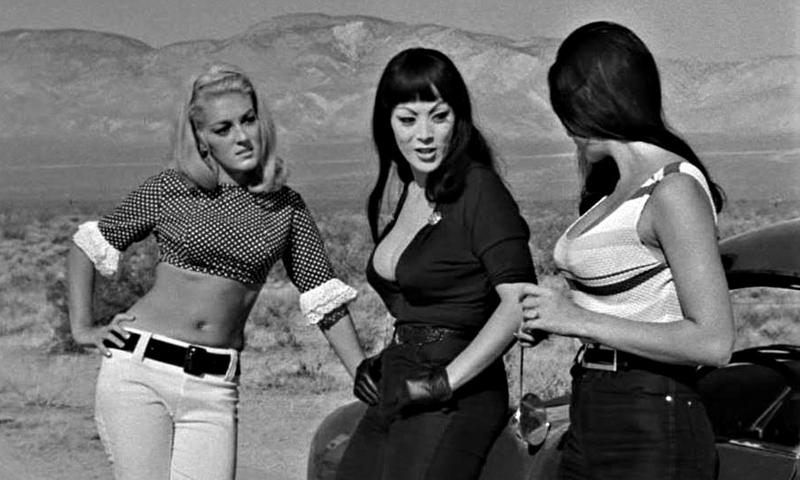
Faster, Pussy Cat! Kill! Kill!
(Dir. Russ Meyer, 1965)
Any film with that title, and that many exclamation points, is sure to deliver on the camp. The film follows three go-go dancers who embark on a spree of kidnappings and murders in the California desert. This Russ Meyer’s exploitation film features Tura Satana and Haji in a mixture of titillation and violence. Satana karate chops the scenery with her long hair, sexy black jumpsuit, and androgynous features. It is a film that excels at camp.
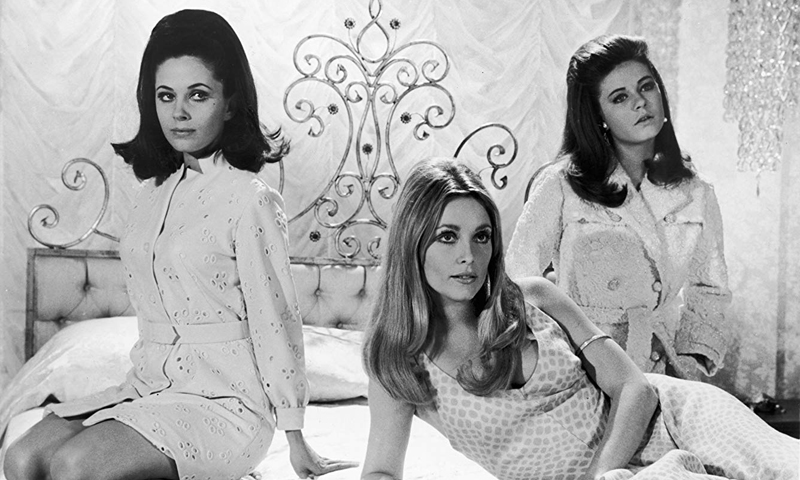
Valley of the Dolls
(Dir. Mark Robson, 1967)
Three women – Neely O’Hara (Patty Duke), Jennifer North (Sharon Tate), and Anne Welles (Barbara Parkins) – are willing to do anything (and I mean anything) to rise to the top of their careers. Their meteoric rises are marked by infidelity, nude “arthouse” films, disease, abortion, suicide, nervous breakdowns, mental institutions, and a quiet stroll in the woods. And dolls of course (barbiturates).
This film is based on the classic Jacqueline Susann’s novel of the same name. The overtly dramatic film boasts performances by actresses who turn serious material into classic camp. Its over-the-top excess proved to be a failure with the critics, but its embrace by the gay community revealed its true camp potential. Often the best camp films are box office failures.
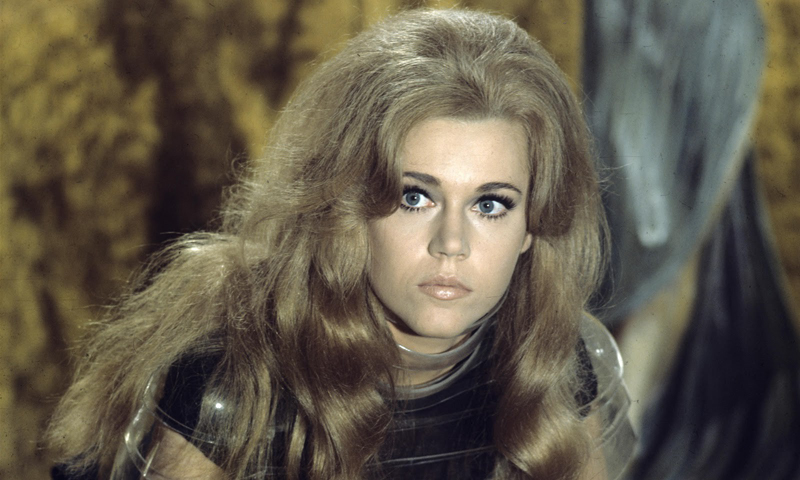
Barbarella
(Dir. Roger Vadim, 1968)
I am sure many of you are familiar with the image of Jane Fond as Barbarella but haven’t seen the film. What are you waiting for? The film is based on Jean-Claude Forest’s adult comics of the same name. This campy sci-fi classic turned Fonda into a sex goddess of the 60s and 70s. Barbarella works so well because it relies more on exploitation than science fiction. Further, it features many sparkly and sexy superhero inspired outfits for Fonda. The film is basically a series of double and single entendres – it’s like Fonda is secretly giving the audience a ‘wink wink’ throughout the film.
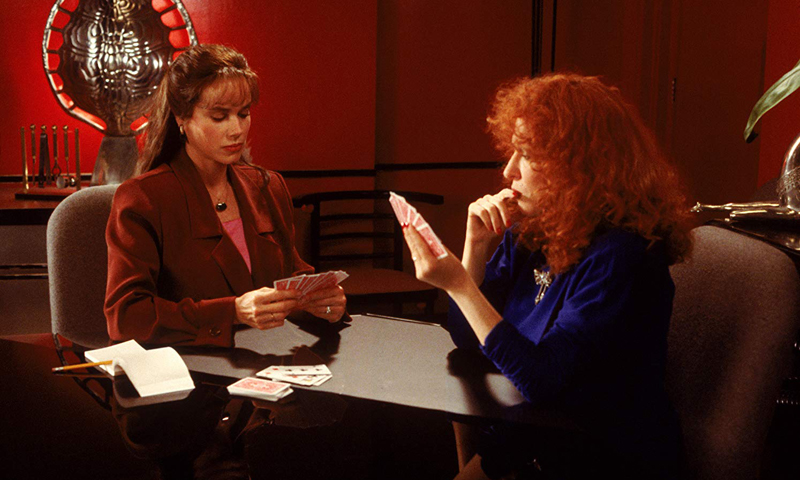
Beaches
(Dir. Gary Marshall, 1988)
Let’s be honest, any musical comedy starring Better Midler is ripe for camp. The film follows the friendship of C.C. Bloom (Bette Midler) and Hillary Whitney (Barbara Hershey) over the years. The two are polar opposites in every way – which ensure hilarity and missteps. The film is filled with song and dance numbers and amazingly kitschy wardrobe choices – especially for Bloom. In Beaches, Midler turns C.C. into loud mouth chanteuse who gets by on her quick wit and humor (even if she can’t pay the bills). Hillary’s terminal illness may be a serious moment for the film, but it is also the perfect melodramatic setting for Bette Midler to belt out a song – the famous “Wind Beneath My Wings.”
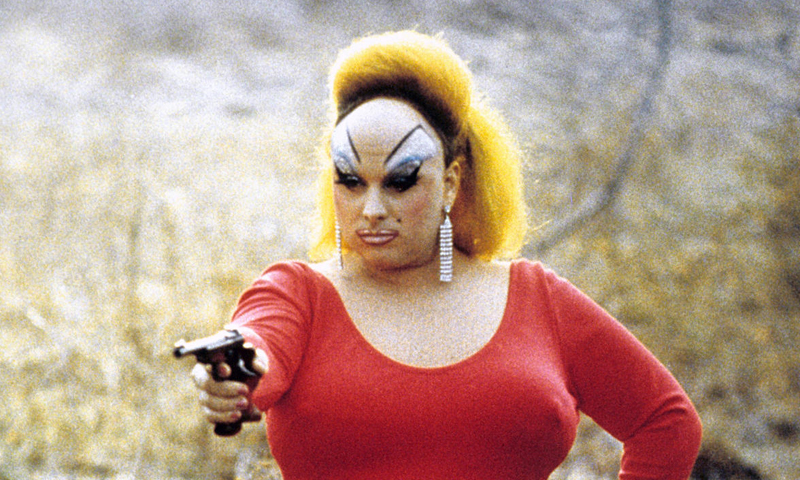
Pink Flamingos
(Dir. John Waters, 1972)
No list would be complete without at least one John Waters’ film; you could call him the head counselor of Camp. This classic stars Divine (played by herself) as the ‘filthiest woman alive. That is until her title is challenged by the two “jealous perverts”, Connie (Mink Stole) and Raymond Marble (David Lochary), who will stop at nothing to prove that they deserve the title (like kidnapping/impregnating young women and selling their babies to lesbian couples). I know you can imagine the camp value already…
This Waters’ masterpiece is the quintessential “experiment in bad taste,” subverting the idea of glamour by playing with Divine’s exhibitionism and unconventional drag.
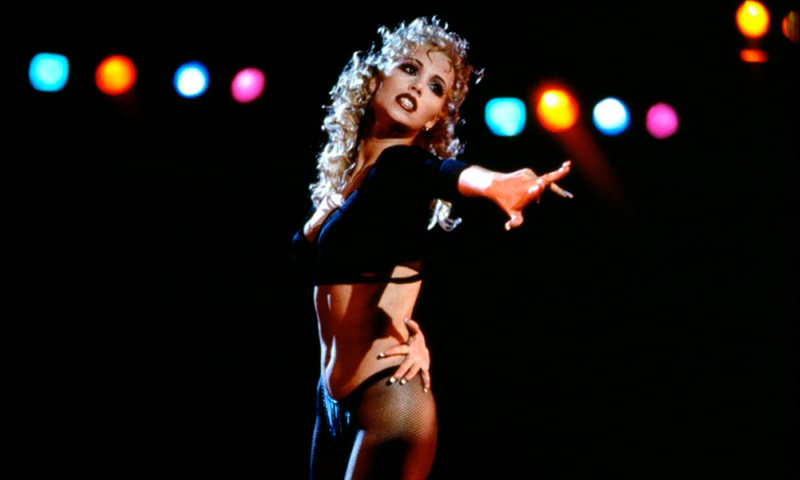
Showgirls
(Dir. Paul Verhoeven, 1995)
You may have not seen this film but I am sure you have seen the memes…This film was supposed to be a vehicle for Elizabeth Berkeley to show off her acting chops. It was supposed to be an edgy ‘adult’ movie that showed she was no longer saved by the bell. And it turned into a box office failure. Paul Verhoeven and Joe Eszterhas’ attempt to create an “artsy” NC-17 film proved to be laughable as the film is anything but serious. Most of the actors are in on the joke, exaggerating their characters to ridiculous caricatures.
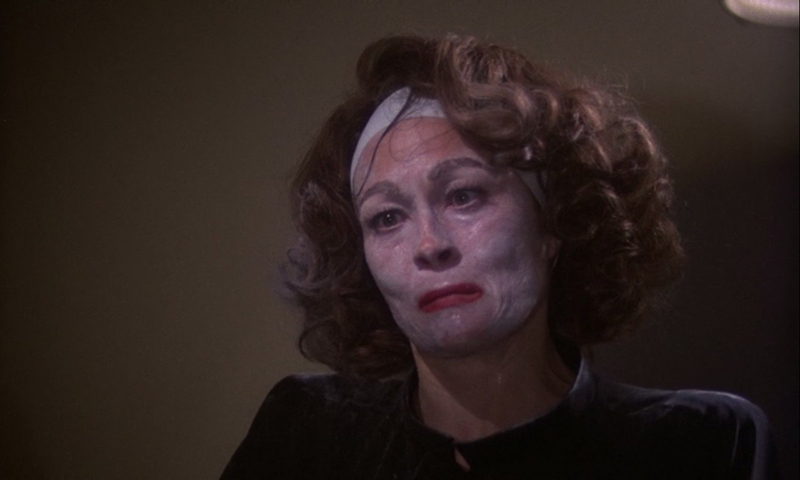
Mommie Dearest
(Dir. Frank Perry, 1981)
Joan Crawford (Faye Dunaway) enjoys her Hollywood success, but she desperately wants a child. Using her lawyer boyfriend, Gregg Savitt (Steve Forrest), to secure a baby, she adopts Christina and Christopher. Crawford presents the external image of maternal bliss and the perfect Hollywood mother. But when the camera is off, she tortures and mercilessly beats her children.
While the book, that the film was based on, was a shocking scandal that brought about a revisionist image of Crawford, the film took on an unintentionally comedic, and camp, tone. Crawford’s outbursts, “no wire hangers”, coupled with the harsh makeup were so over the top that they have since found a place in the pop culture (aka Camp) canon.
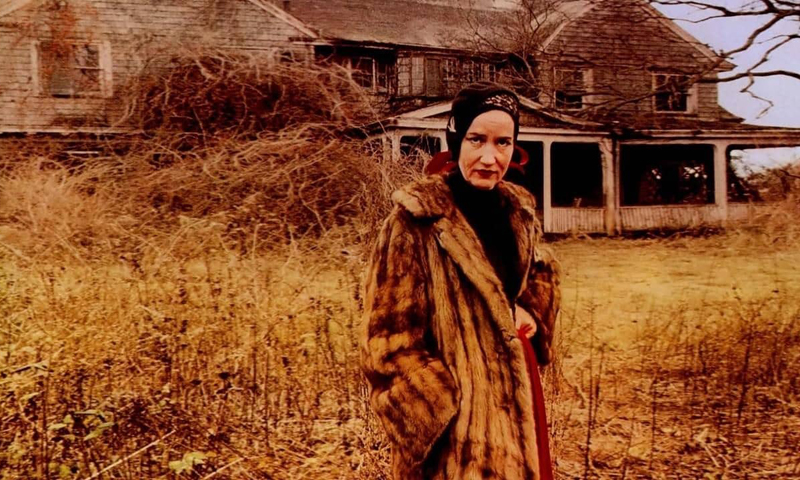
Grey Gardens
(Dirs. Albert Maysles and David Maysles, 1975)
This documentary follows the lives of Big Edie and Little Edie Bouvier Beale, a mother-daughter former-socialite pair who now live in the dilapidated Grey Gardens. The former parlor that used to house fancy parties, now houses a bevy of raccoons and other animals. The two women constantly make fun of each other for the camera – hamming it up in the truest sense of the word. They believe they are playing roles – that of themselves. Little Edie spends much of her screen time showcasing her avant-garde fashion and dance numbers, while Big Edie love to sing. The entire film is unscripted but has lines that are constantly re-referenced in pop culture today. This documentary made unexpected icons of women who somehow created an artificial world for themselves.
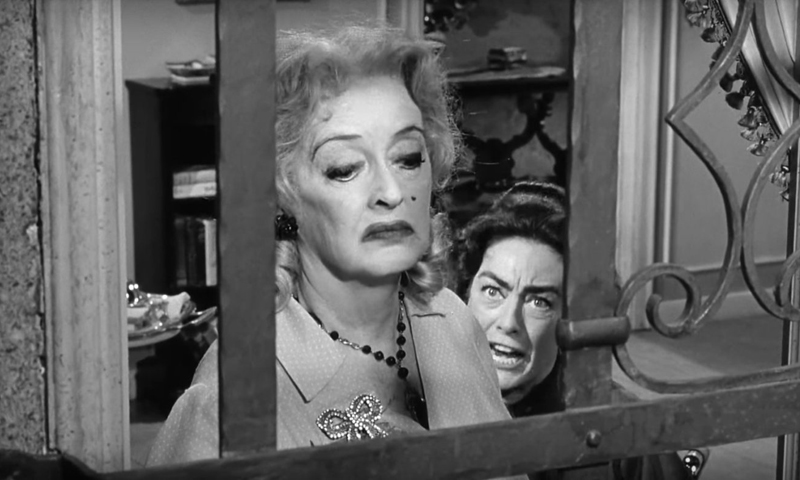
Whatever Happened to Baby Jane
(Dir. Robert Aldrich, 1962)
If you have seen Feud (by Ryan Murphy – also a camp consellor), then you should be familiar with this film. The entire concept of Feud is based on the filming of this movie. The film centers on Baby Jane Hudson (Bette Davis) a successful child star that hasn’t aged well into adulthood. And her sister, Blanche (Joan Crawford), who eclipsed her younger sisters star meter, that is until a car accident involving Jane lead to Blanche’s paralysis from the waist down. Their golden years are soaked in booze and bitterness. And outright hatred.
The two leads play complete parodies of themselves. Davis even so far as to paint her face with ‘clown-like’ make up and wear a baby doll dress. This is prime camp performance.

Now I know that the films I have listed above will result in two polar reactions: you will be upset that your favorite ‘campy’ film wasn’t listed, or you will relish in the titles. Other Notables: Rock Horror Picture Show, The Birdcage, Xanadu, Who’s Afraid of Virginia Woolf, Adventures of Priscilla – Queen of the Desert, Serial Mom, Polyester, House of Yes…

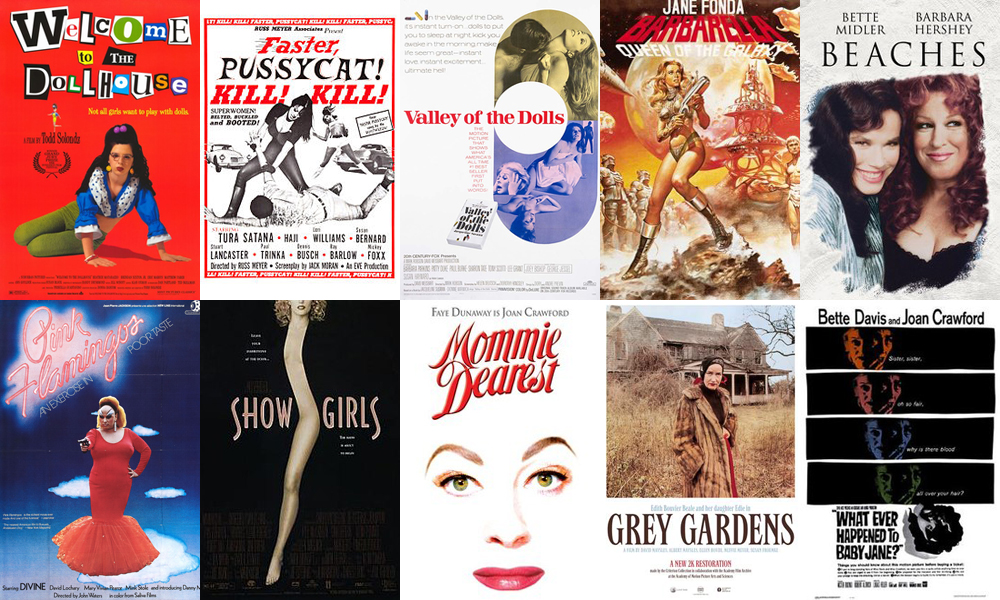

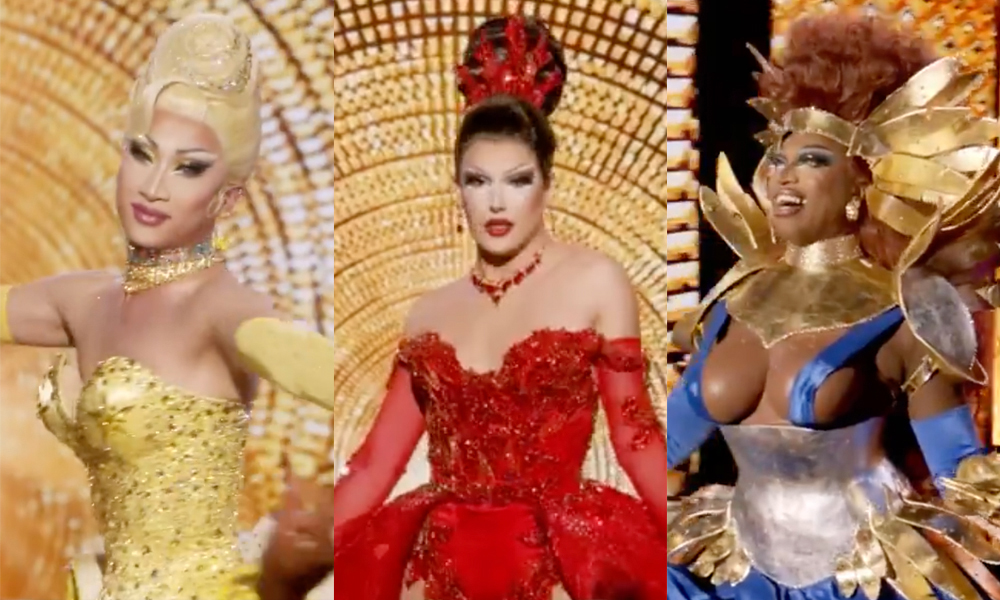


POST A COMMENT